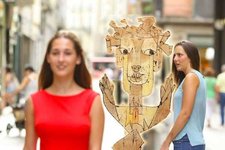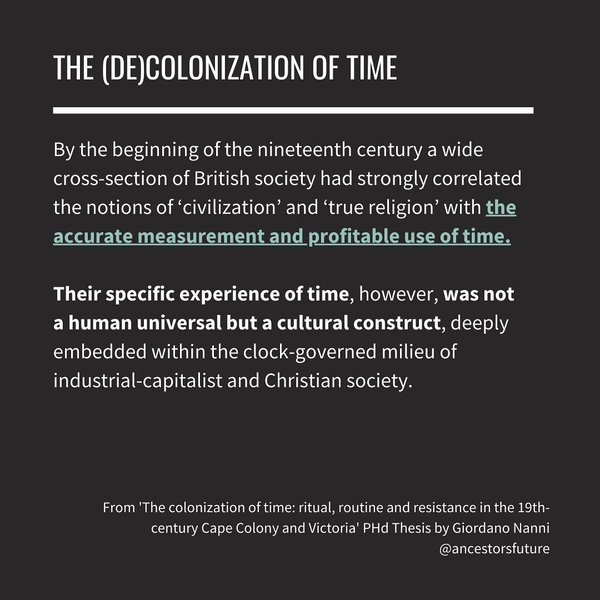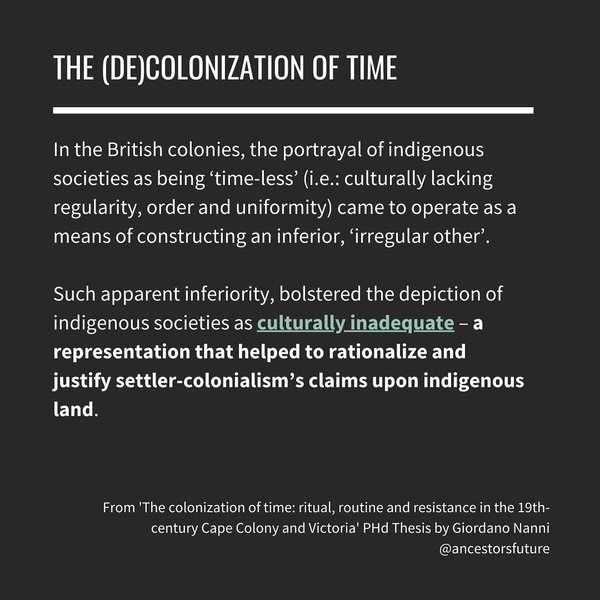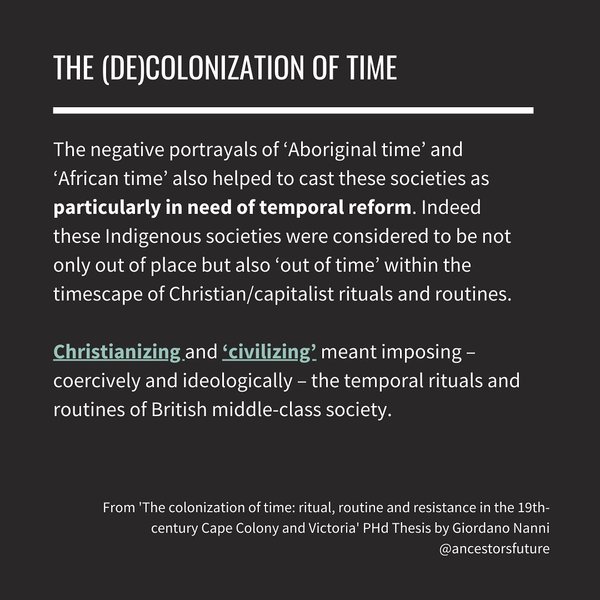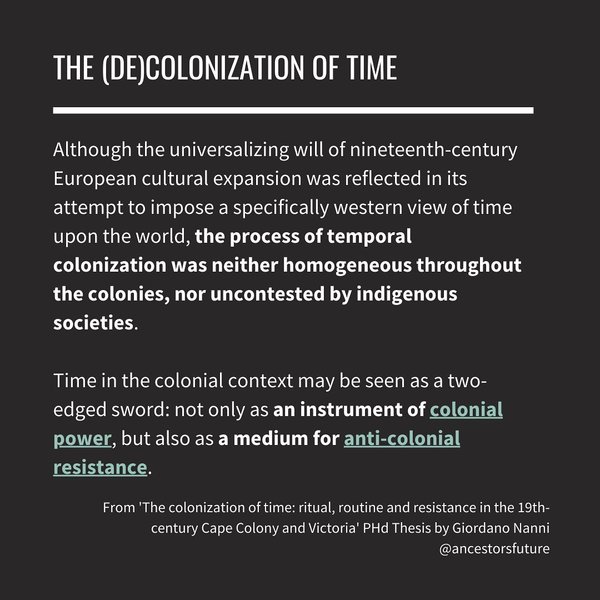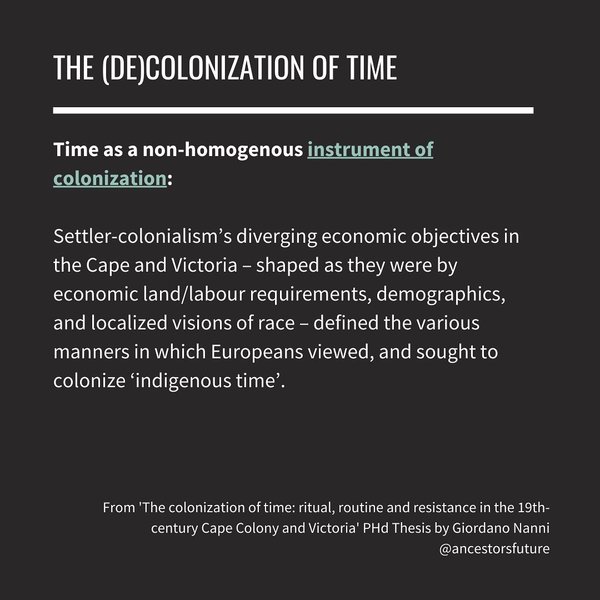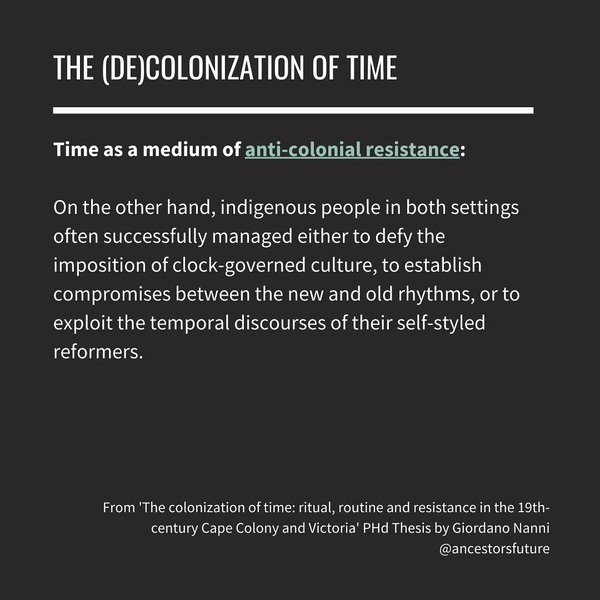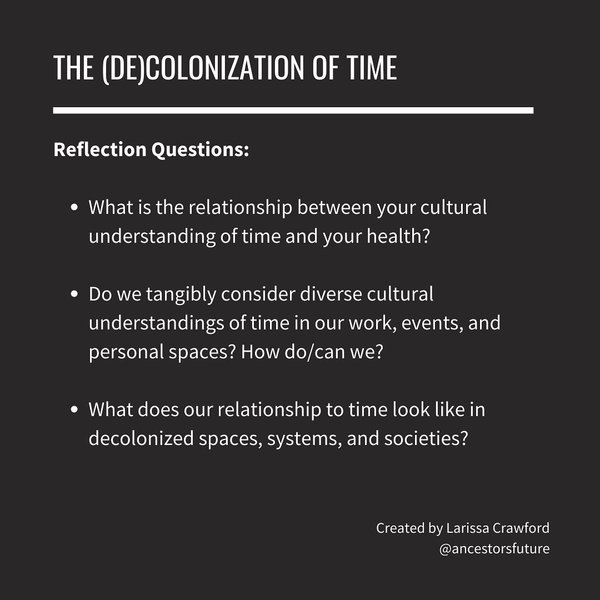Sublime
An inspiration engine for ideas
“By the beginning of the nineteenth century a wide cross-section of British society had strongly correlated the notions of ‘civilization’ and ‘true religion’ with the accurate measurement and profitable use of time. Their specific experience of time, however, was not a human universal but a cultural construct, deeply embedded within the... See more
instagram.comhistory
sorenelisabeth • 2 cards
Indonesia’s visual history is rich, but most of it remains scattered, forgotten, or left unseen.
That’s why I built https://t.co/0zQ4iYkNDM, a living archive dedicated to preserving Indonesia’s visual memory, from revolutionary posters to propaganda ephemera, prints, & beyond. https://t.co/0xHAZZ3e3j
via (she/her)☃︎x.comAt the same time, certain conceptions of the past become dominant or hegemonic among different temporalities, such as the linear conception of time and history in the nineteenth and twentieth centuries. Indeed, our very notion of history as an irreversible movement is inseparably tied to the conception of time as a linear succession of some bounded
... See morePrasenjit Duara • The Crisis of Global Modernity: Asian Traditions and a Sustainable Future (Asian Connections)
Precolonial Caribbean cultures and cultural connections have been very little studied, since many of these peoples, the first victims of Columbus’s colonizing missions, were annihilated, enslaved and deported, or later assimilated enslaved African populations with the advent of the Atlantic slave trade.
Roxanne Dunbar-Ortiz • An Indigenous Peoples' History of the United States
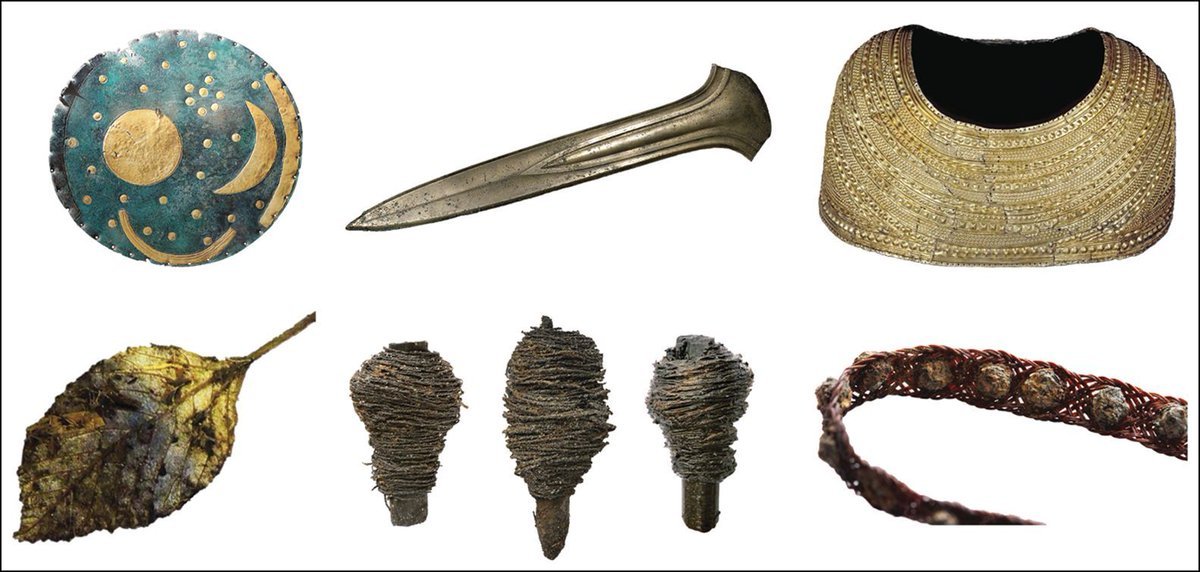
NEW Artefacts such as the Nebra Sky Disc are iconic, but in telling the true narratives of prehistory, it is vital that museums also showcase alternative material culture and 'silent objects'.
🆓 https://t.co/ZDz1DXXjQr
@NWilkinBM @DuncanGarrow @ahrcpress https://t.co/SBAKUQO6Bd
memory is a contest
open.substack.com